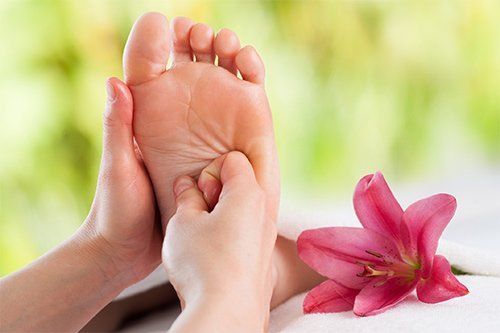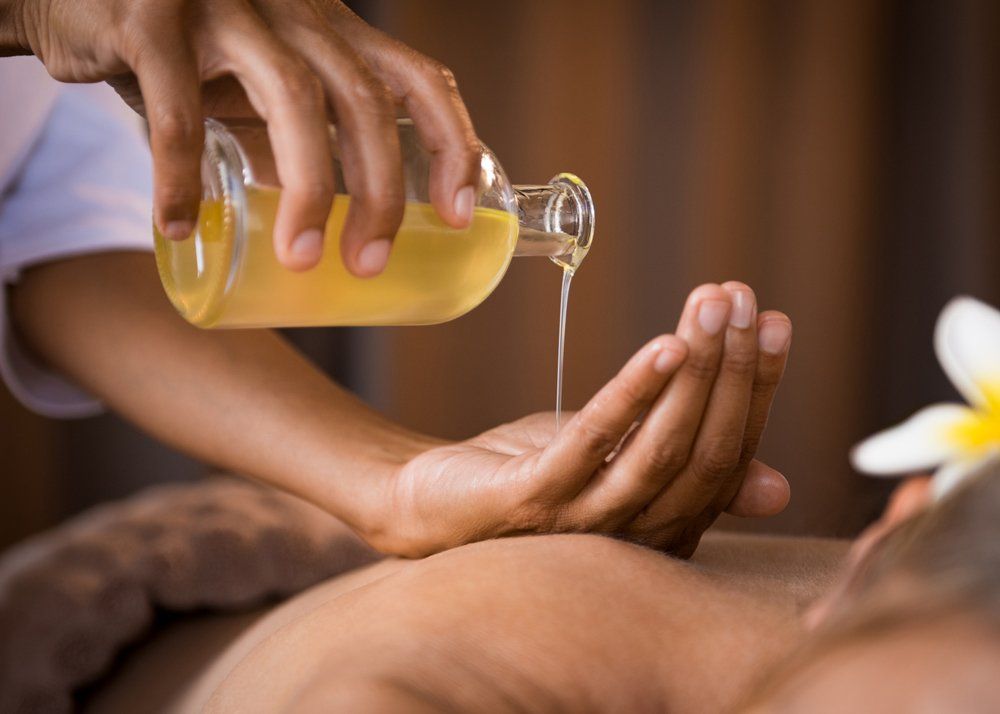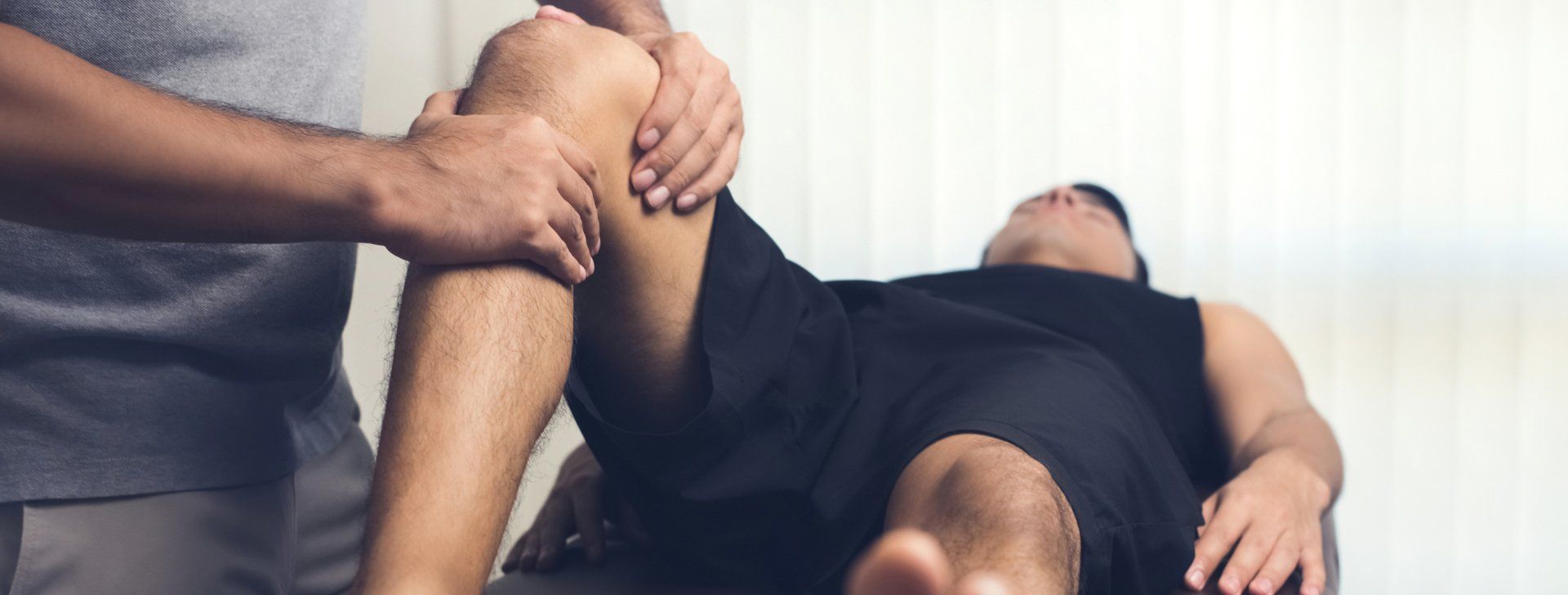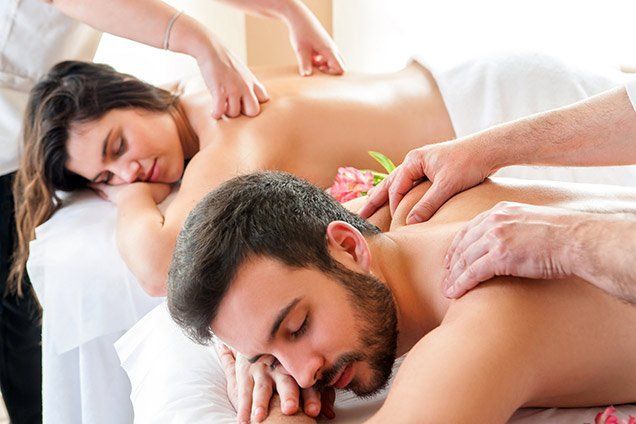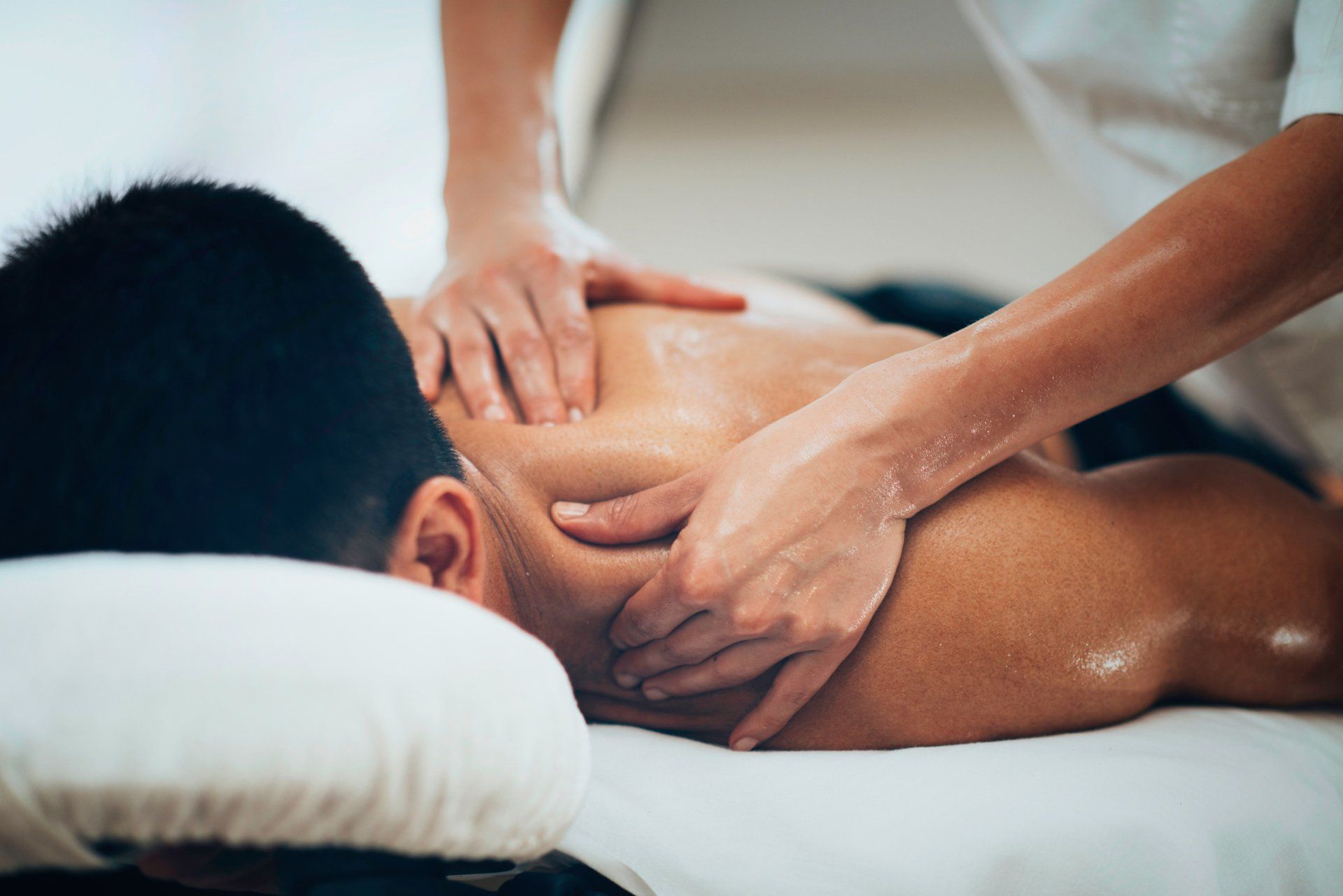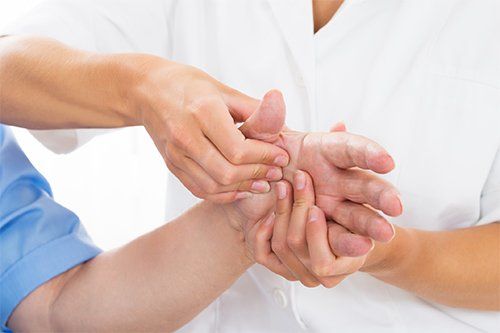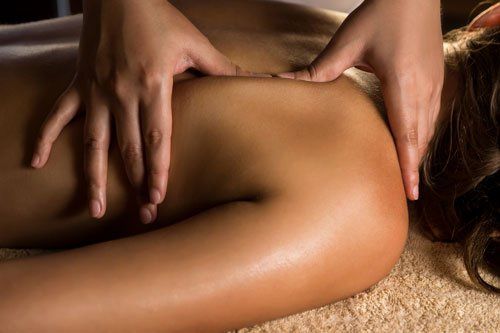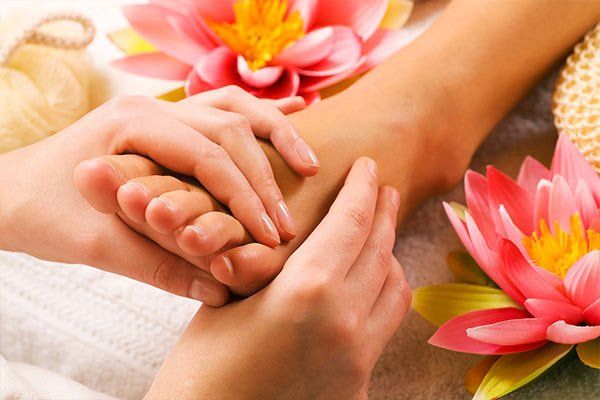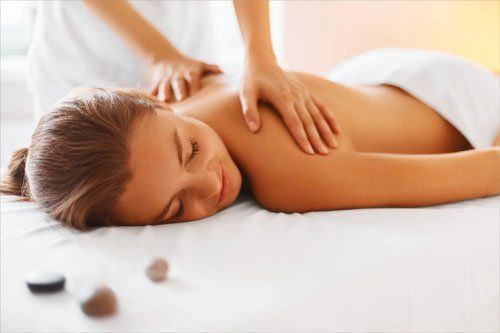North Miami Beach: 305-957-8982
Blog Layout
What To Expect During Your First Reflexology Appointment
Admin • May 14, 2019
Finding safe ways to relax and relieve the stresses of everyday life can be difficult, especially if you have exhausted several options. Another option to try is reflexology, a practice that places pressure on specific areas of the feet and hands through massage to heal the body and mind. If you haven't tried this practice before, you may not be sure what is involved and what to expect.
Here are a few things you can expect to occur during your first reflexology appointment and how you can prepare.
Preparing for Your First Appointment
Before your initial appointment, understand the basics of reflexology, what you want to get out of the experience, and any questions and concerns you have about the process. Reflexology is an ancient practice based upon the idea that applying pressure to certain spots on the hands and feet will help your body naturally heal itself. For example, if you are having headaches, the practitioner will massage targeted areas to help you find relief.
Create a list of realistic goals for the sessions, specific areas you want to target, and your long-term health and wellness goals. For instance, if you were diagnosed with a debilitating or life-threatening illness, such as multiple sclerosis or cancer, write a list of any pains or symptoms you are experiencing and how you want the reflexologist to help.
Speaking With Your Practitioner
Much like other appointments with medical practitioners, your reflexologist may ask you several questions about your health and your family's medical history. You can discuss any concerns you have, so take this opportunity to talk about your concerns and any specific pain or symptoms you experience.
The practitioner can let you know what specifically will occur during the session, which spots on the feet and hands they are targeting, and what or how you should feel.
Attending Your First Reflexology Session
The practitioner will lead you to a comfortable seat or table where the reflexology massage will occur. Depending on your preference and what is provided by the practitioner, your reflexologist might light some candles, play soft music, and use essential oils to make the experience as relaxing as possible.
Your practitioner will begin massaging your feet and applying pressure to target areas. For example, if your symptoms are associated with your head and neck, the reflexologist may focus on your toes. The reflexologist might use lotions, creams, and powders to loosen the muscles and achieve better results.
During the session, don't be surprised if you are so relaxed you fall asleep. You may also begin to sweat, cough, feel like you are hot or cold, or even experience slight discomfort. Let your practitioner know if you experience any of these or other symptoms, and they will walk you through why these sensations are occurring.
Moving Forward After Your Reflexology Session
Once your appointment is finished, you will be able to relax for a few minutes. You may feel more energetic and experience a reduction in any aches and pains. Conversely, you might feel very relaxed and tired.
Talk to your reflexologist about these symptoms as well. Your reflexologist will recommend drinking a lot of water over the next few days. This hydration will help you feel better, and the water will flush the toxins from your body. Finally, your practitioner might also recommend staying away from alcohol and heavy meals for the first few days after the initial treatment.
Reflexology is a long-practiced art that can help you live a happier, healthier life. If you have any questions or want to schedule your first appointment, contact
Oriental Massage & Spa.
BROWSE OUR WEBSITE
CONTACT INFORMATION
Phone:
Address:
1991 NE. 163rd St. North Miami Beach, FL 33162
Business Hours
- Mon - Sun
- -
Open Holidays







We accept all credit cards and apple pay
BROWSE OUR WEBSITE
CONTACT INFORMATION
Phone:
Address:
1991 NE. 163rd St. North Miami Beach, FL 33162
Business Hours
- Mon - Sun
- -
Open Holidays






Content, including images, displayed on this website is protected by copyright laws. Downloading, republication, retransmission or reproduction of content on this website is strictly prohibited. Terms of Use
| Privacy Policy
